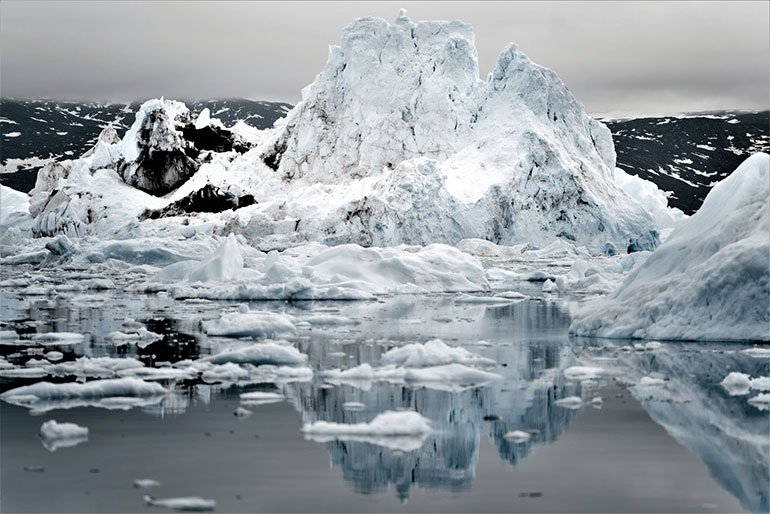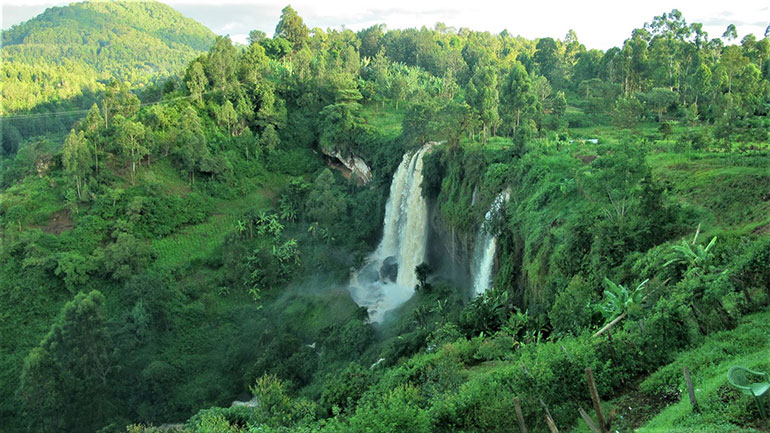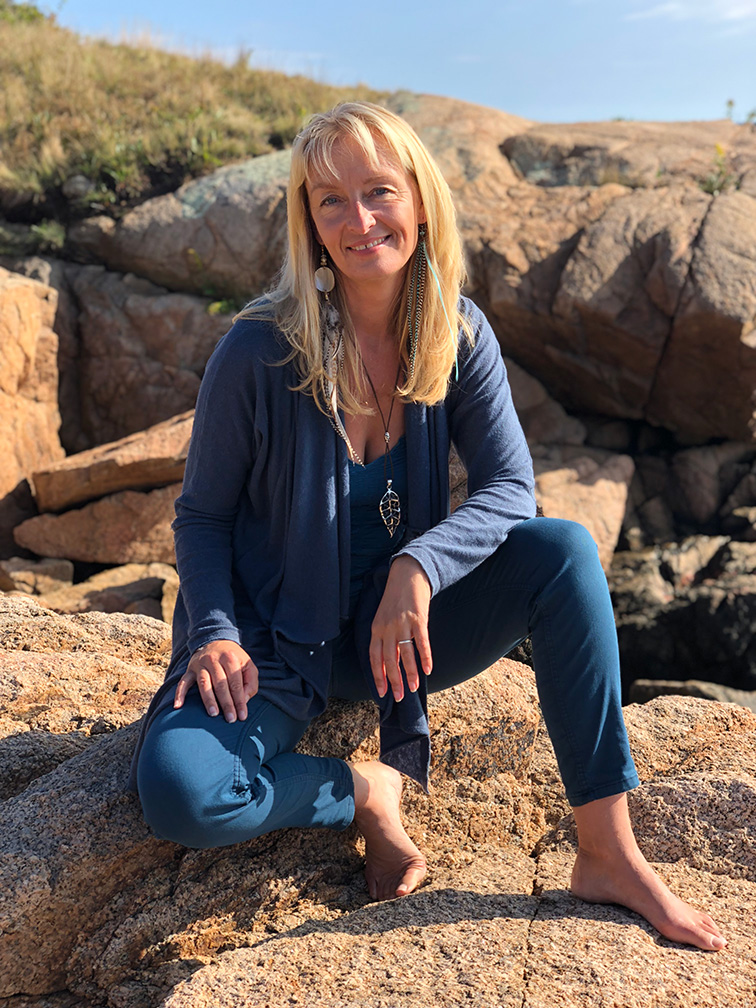We have a tendency to think that what's going on over there in the Arctic, the tropics or Africa is somehow irrelevant to what's going on here in the U.K. I am Clare Dubois, the founder and CEO of TreeSisters . I am not going to dump a large amount of statistics and data on you. I just want to get a particular point across - our weather patterns are 100% dependent on the circulatory system of the entire planet functioning as it has for many thousands of years. If the ice melts and the tropical forests burn our once dependable weather patterns will never be the same again.
How so?
Polar ice caps at the top and bottom of our planet provides profound cooling. Tropical forests grow around the center, the hottest area which again provides profound cooling, and then the subtropical and temperate regions in between exist in the circulation and flow created because of the differential and contrast of temperature and pressure between the poles and the tropics. It's this difference between the extremes of hot and cold that generates the circulatory system of our planet - powerful movements like the jet streams and the ocean currents.
So what generates this Gulfstream ? Warm water flows up from the subtropics, hits the poles and forces the cold water to sink. That cold water drops down deep into the ocean floor and flows all the way back down to Antarctica. There is a push and pull due to heat and cold that pumps the flow of water.
SUPPORTED BY ECO REBELS LIKE YOU
Support independent eco journalism that drives real change.
Iceberg melting by Marjorie Teo
What happens when the poles warm and the ice melts? If the sinking fails at the poles, then the pump will collapse and the current will change and so to keep the UK in good health requires us not just to ensure the Gulfstream but also to ensure the stability of the poles which keep the Gulfstream alive in the form it is now.
As we know, the poles are already melting . Over 1 trillion tons of ice melt has already flowed into the north Atlantic, disrupting the Gulfstream which is now the weakest it has been in 1600 years. So now what?
How do we protect the ice?
The ice is melting because we are warming our world with CO2 , so we have to cool our world down which requires us to remove the excess CO2 which is however many trillions of tonnes dumped in there since the industrial revolution, and we have to stop putting more in there.

But we're not going to wean ourselves off carbon immediately so whilst we do, we need to start removing the carbon already omitted and this is where tropical trees come in . Now let's be clear, am I dismissing temperate trees? No. We need trees everywhere that our planet originally had trees.

Tropical trees by Lauriane Cayet-Boisrobert (TreeSisters Reforestation Director at Mt. Kenya site)
But if we want the global weather system to keep going and to provide temperate regions with reliable weather then we need to cool the hottest band of our world. We need to reforest the tropics to help slow the warming of the poles. Trees are the best option to sequester the carbon already present, because trees absorb carbon as part of their natural life cycle. And because tropical trees do not go dormant in the winter, they are in a state of constant growth meaning more carbon is being absorbed year-round. They are 50% or more carbon structures.
And when we’re talking about rainforests, we’re not just talking about cooling - they also produce rain that affects weather patterns all over the world .
Trees at work
To create rain, forests need to be a certain scale and density. Due to the updraft created through transpiration, forested continents draw moisture from the sea to hydrate themselves. Raindrops produced by a rainforest is water that has been filtered through millions of trees, numerous times, but when you deforest a continent , it creates less and less of that upward draft that sucks in oceanic moisture. Then, ultimately there is a point where the ocean starts to suck moisture from the land back out to sea.
Children at Mt. Kenya planting site by ITF International Tree Foundation
Another thing to consider is this. I'm talking about the temperate regions and how we stabilise our weather as if somehow that's more important than other places, but it's not because of that. It's that most of us in the temperate regions are responsible for all the carbon that is driving climate change. The indigenous population is now suffering the collapse of the Arctic permafrost, the tropical forest dwellers are seeing their whole ecosystems change and the poorest communities that live in what we judged to be the less-developed regions of our world are not the creators and drivers of climate change, and yet they are suffering the worst extremes. So when we're talking about cleanup, it's us that need to pick up the sacred duty and do what's needed on behalf of our whole world.
The truth is this. ‘Our little patch’, is every little patch of habitable life on this planet that we've all been graced with. Every unique place requires the same circulatory system of ocean and wind that our world has depended upon for its weather patterns to function, and that means that we need to cool our whole world fast. We need our forests back and that is something that every single one of us can contribute to right now . There really is no ‘over there’.




